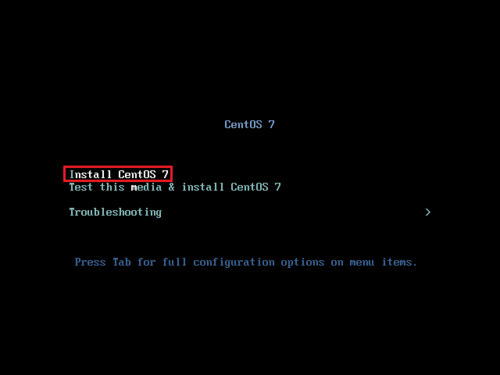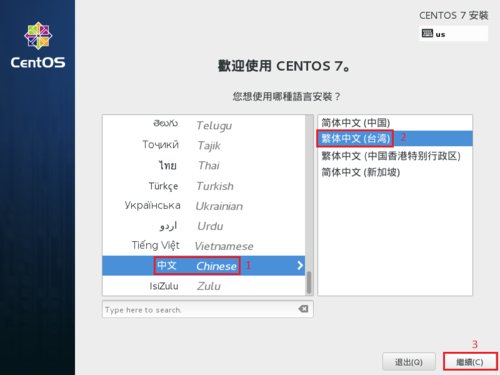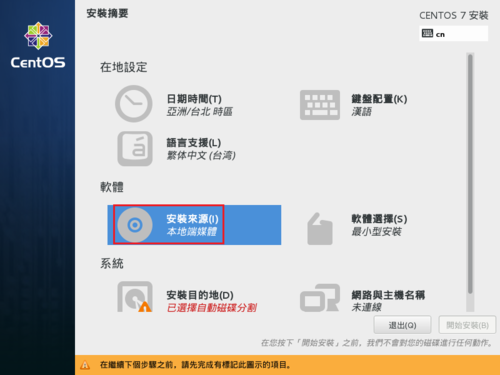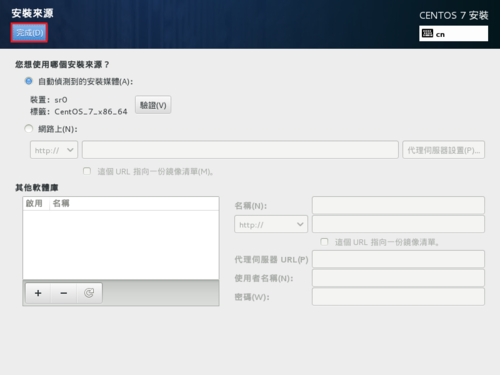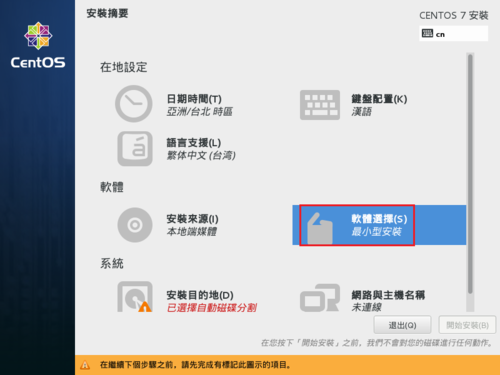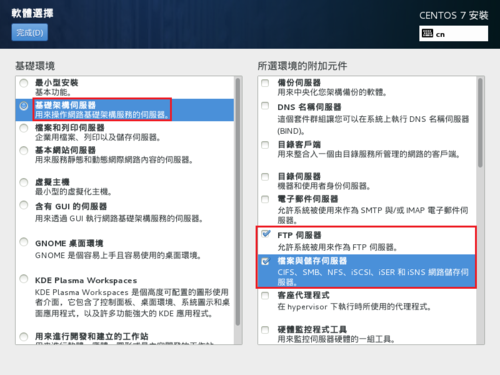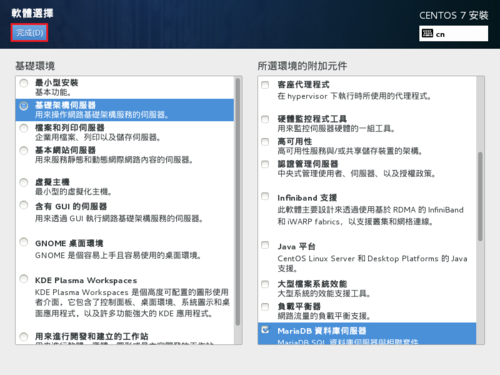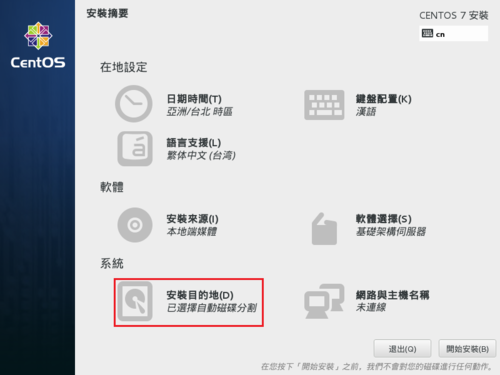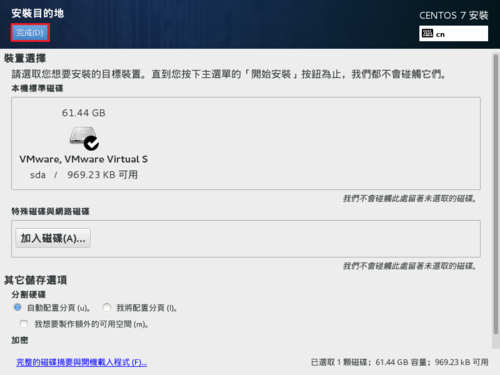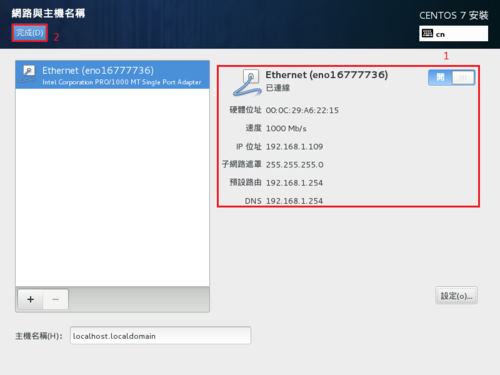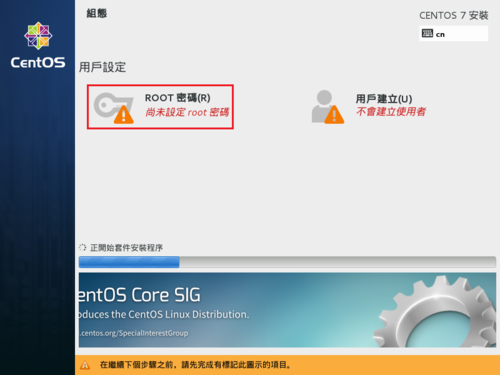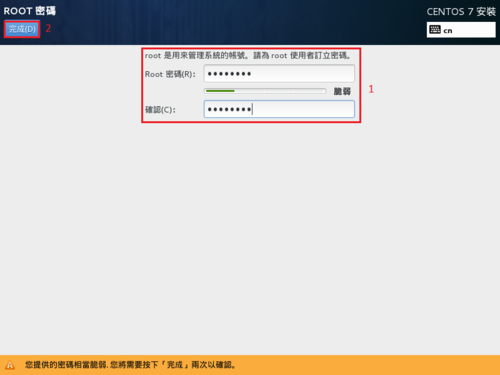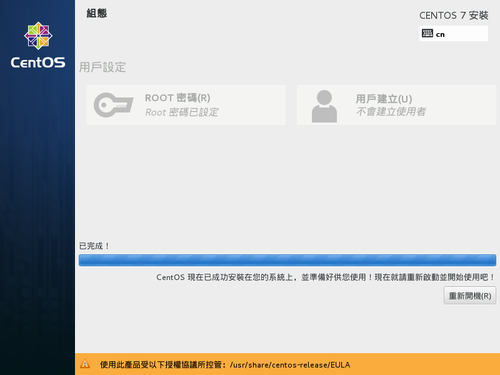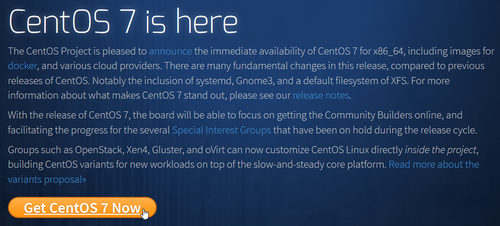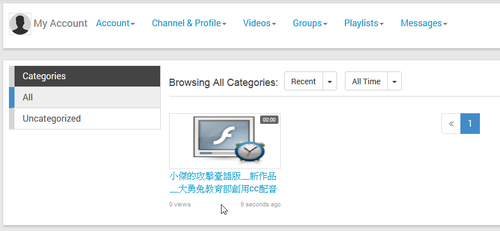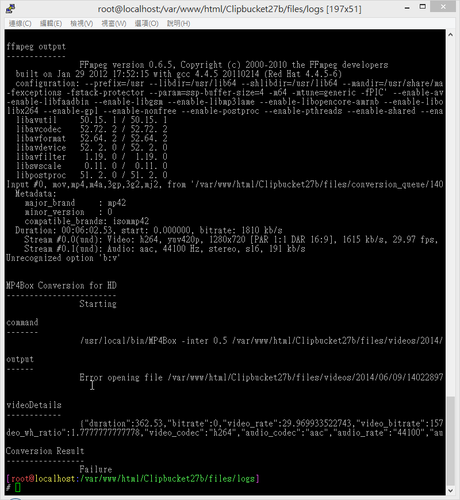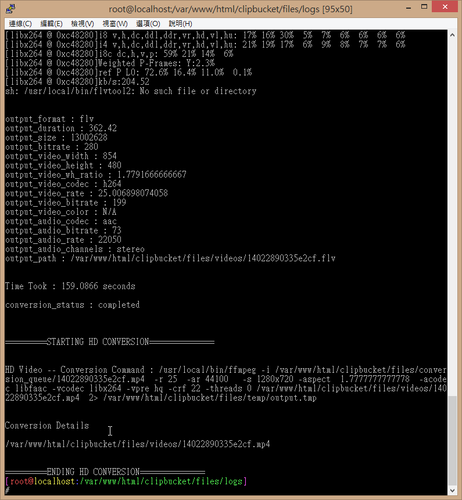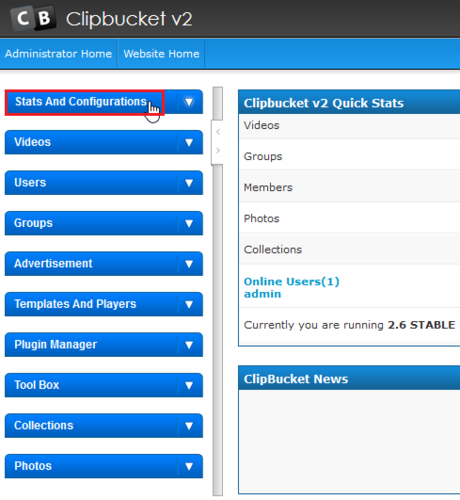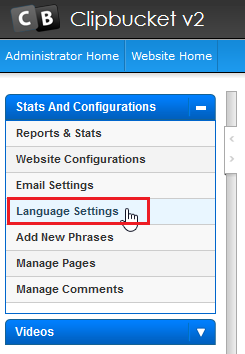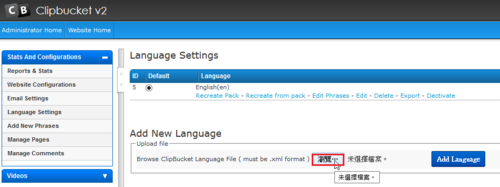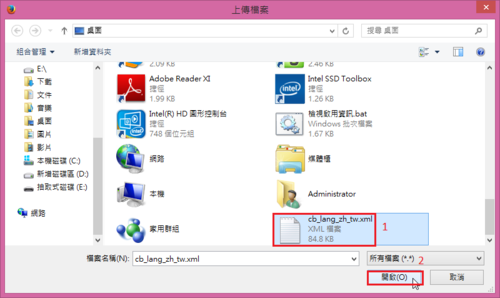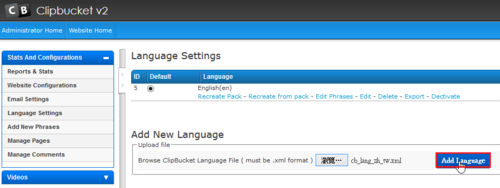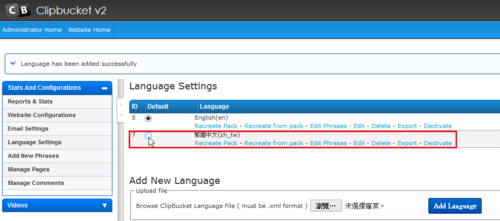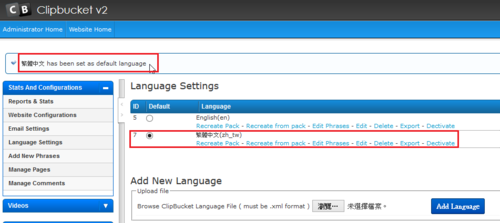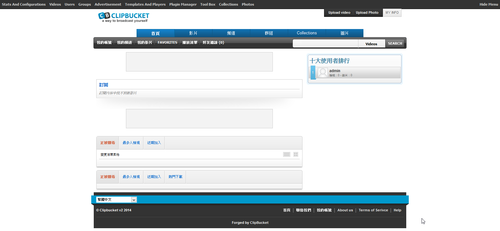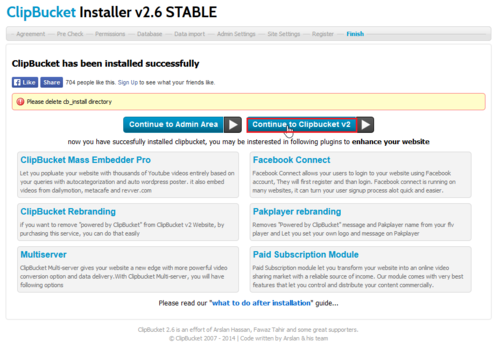之前使用 CentOS 時,安裝伺服器套件後,大部分都是使用 chkconfig 來啟動預設要啟動的服務,或是直接到 /etc/init.d 目錄之下,去啟動要使用的服務,可是安裝 CentOS 7 之後,發現 /etc/init.d 目錄下的檔案非常的少,似乎新版本的 CentOS 服務,都不是使用這樣的啟動方式。
# ls /etc/init.d
functions iprdump iprinit iprupdate netconsole network README
後來在網路搜尋了一下,才發現好像是改用 systemctl 指令來做控制。[@more@]systemctl 指令參數
# systemctl –help
systemctl [OPTIONS…] {COMMAND} …
Query or send control commands to the systemd manager.
-h –help Show this help
–version Show package version
-t –type=TYPE List only units of a particular type
–state=STATE List only units with particular LOAD or SUB or ACTIVE state
-p –property=NAME Show only properties by this name
-a –all Show all loaded units/properties, including dead/empty
ones. To list all units installed on the system, use
the ‘list-unit-files’ command instead.
–reverse Show reverse dependencies with ‘list-dependencies’
-l –full Don’t ellipsize unit names on output
–fail When queueing a new job, fail if conflicting jobs are
pending
–irreversible When queueing a new job, make sure it cannot be implicitly
cancelled
–ignore-dependencies
When queueing a new job, ignore all its dependencies
–show-types When showing sockets, explicitly show their type
-i –ignore-inhibitors
When shutting down or sleeping, ignore inhibitors
–kill-who=WHO Who to send signal to
-s –signal=SIGNAL Which signal to send
-H –host=[USER@]HOST
Show information for remote host
-P –privileged Acquire privileges before execution
-q –quiet Suppress output
–no-block Do not wait until operation finished
–no-wall Don’t send wall message before halt/power-off/reboot
–no-reload When enabling/disabling unit files, don’t reload daemon
configuration
–no-legend Do not print a legend (column headers and hints)
–no-pager Do not pipe output into a pager
–no-ask-password
Do not ask for system passwords
–system Connect to system manager
–user Connect to user service manager
–global Enable/disable unit files globally
–runtime Enable unit files only temporarily until next reboot
-f –force When enabling unit files, override existing symlinks
When shutting down, execute action immediately
–root=PATH Enable unit files in the specified root directory
-n –lines=INTEGER Number of journal entries to show
-o –output=STRING Change journal output mode (short, short-monotonic,
verbose, export, json, json-pretty, json-sse, cat)
–plain Print unit dependencies as a list instead of a tree
Unit Commands:
list-units List loaded units
list-sockets List loaded sockets ordered by address
start [NAME…] Start (activate) one or more units
stop [NAME…] Stop (deactivate) one or more units
reload [NAME…] Reload one or more units
restart [NAME…] Start or restart one or more units
try-restart [NAME…] Restart one or more units if active
reload-or-restart [NAME…] Reload one or more units if possible,
otherwise start or restart
reload-or-try-restart [NAME…] Reload one or more units if possible,
啟動 vsftpd FTP Server
# systemctl start vsftpd
顯示 vsftpd FTP Server 狀態
# systemctl status vsftpd
vsftpd.service – Vsftpd ftp daemon
Loaded: loaded (/usr/lib/systemd/system/vsftpd.service; disabled)
Active: active (running) since 四 2014-07-10 20:34:41 CST; 41s ago
Process: 34160 ExecStart=/usr/sbin/vsftpd /etc/vsftpd/vsftpd.conf (code=exited, status=0/SUCCESS)
Main PID: 34161 (vsftpd)
CGroup: /system.slice/vsftpd.service
└─34161 /usr/sbin/vsftpd /etc/vsftpd/vsftpd.conf
7月 10 20:34:41 localhost.localdomain systemd[1]: Starting Vsftpd ftp daemon…
7月 10 20:34:41 localhost.localdomain systemd[1]: Started Vsftpd ftp daemon.
關閉 vsftpd FTP Server
# systemctl stop vsftpd
列出 vsftpd FTP Server 啟動狀態
# systemctl list-unit-files | grep vsftpd
vsftpd.service disabled
vsftpd@.service disabled
vsftpd.target disabled
開機時啟動 vsftpd FTP Serve
# systemctl enable vsftpd
ln -s ‘/usr/lib/systemd/system/vsftpd.service’ ‘/etc/systemd/system/multi-user.target.wants/vsftpd.service
檢查是否有設定成功
# systemctl list-unit-files | grep vsftpd
vsftpd.service enabled
vsftpd@.service disabled
vsftpd.target disabled
# systemctl is-active vsftpd
inactive
開機時關閉 vsftpd FTP Serve
# systemctl disable vsftpd
rm ‘/etc/systemd/system/multi-user.target.wants/vsftpd.service’
檢查是否有設定成功
# systemctl list-unit-files | grep vsftpd
vsftpd.service disabled
vsftpd@.service disabled
vsftpd.target disabled
顯示目前系統預設運作層級
# systemctl get-default
multi-user.target
切換運作層級至 GUI 模式(runlevel 5)
# systemctl isolate graphical.target
切換運作層級至文字模式(runlevel 3)
# systemctl isolate multi-user.target
設定開機啟動至文字模式(runlevel 3)
# systemctl set-default multi-user.target
設定開機啟動至 GUI 模式(runlevel 5)
# systemctl set-default graphical.target
列出可用的層級
# systemctl list-units –type target
UNIT LOAD ACTIVE SUB DESCRIPTION
basic.target loaded active active Basic System
cryptsetup.target loaded active active Encrypted Volumes
getty.target loaded active active Login Prompts
local-fs-pre.target loaded active active Local File Systems (Pre)
local-fs.target loaded active active Local File Systems
multi-user.target loaded active active Multi-User System
network-online.target loaded active active Network is Online
network.target loaded active active Network
nss-lookup.target loaded active active Host and Network Name Lookups
paths.target loaded active active Paths
remote-fs.target loaded active active Remote File Systems
slices.target loaded active active Slices
sockets.target loaded active active Sockets
sound.target loaded active active Sound Card
swap.target loaded active active Swap
sysinit.target loaded active active System Initialization
timers.target loaded active active Timers
LOAD = Reflects whether the unit definition was properly loaded.
ACTIVE = The high-level unit activation state, i.e. generalization of SUB.
SUB = The low-level unit activation state, values depend on unit type.
17 loaded units listed. Pass –all to see loaded but inactive units, too.
To show all installed unit files use ‘systemctl list-unit-files’.

